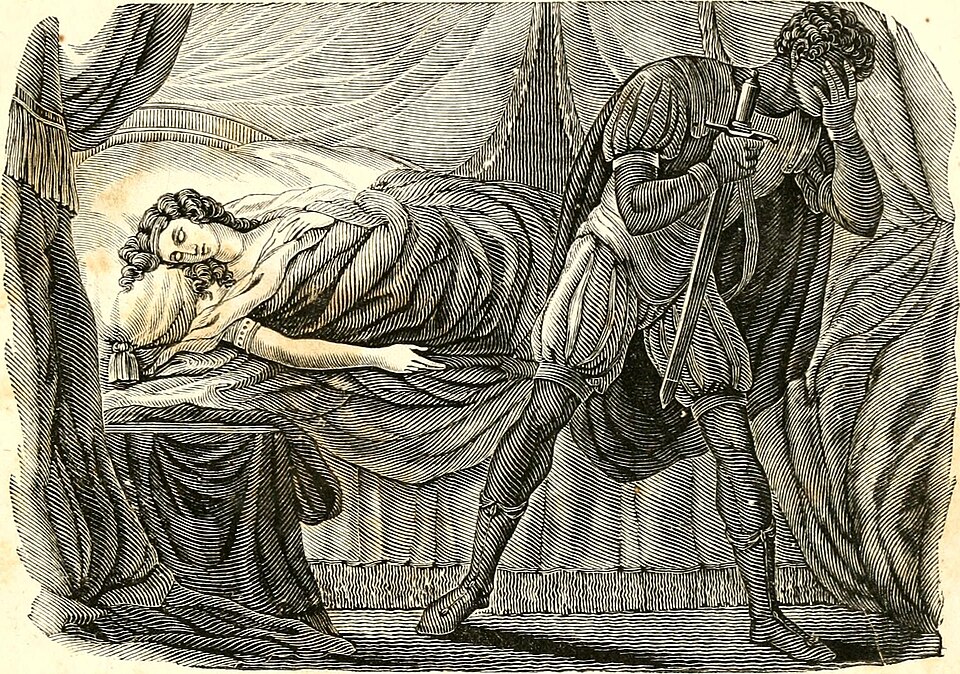Jones had been greatly depressed; he declared himself a murderer, and would not be comforted. Suddenly he asked me a question. ‘Are not the parents the cause of the birth of their children?’ said he. ‘I suppose so,’ said I. ‘Are not all men mortal?’ ‘That also may be admitted.’ ‘Then are not the parents the cause of the death of their children, since they know that they are mortal? And am I not a murderer?’ I was, I own, puzzled. At last I thought of something soothing. I pointed out to Jones that to cause the death of another was not necessarily murder. It might be manslaughter or justifiable homicide. ‘Of which of these then am I guilty?’ he queried. I could not say because I had never seen the Jones family, but I hear Jones has become a great bore in the asylum by his unceasing appeals to every one to tell him whether he has committed murder, manslaughter, or justifiable homicide!
— Rueben Abel, ed., Humanistic Pragmatism: The Philosophy of F.C.S. Schiller, 1966





